Jan 25, 2022
Career Chat with Dr. Neele Meyer
online via Zoom
25 January 2022
17.00 - 18.30
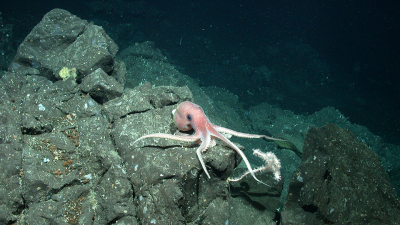

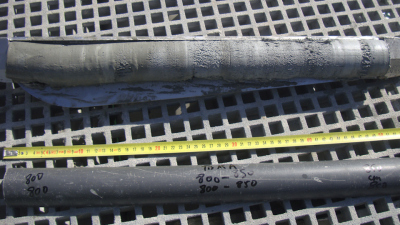
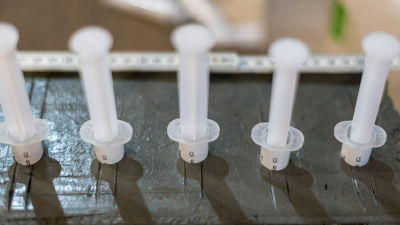
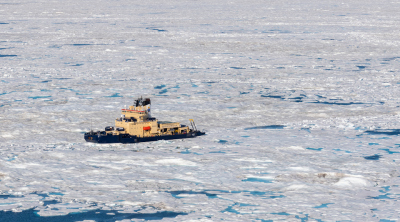

Between 9 and 4.6 million years ago, the oceans were very rich in nutrients; the period is also known as the "biogenic bloom". A Swedish-German research ...
+
Only a few microorganisms are able to produce oxygen in complete darkness. A new member of this exclusive circle is the extremely small unicellular ...
+
In the future, strong cyclones could hit the coast of southeast Africa. This is according to a study that researchers – including those from MARUM – have ...
+
Microorganisms can convert oil into natural gas, i.e. methane. Until recently, it was thought that this conversion was only possible through the ...
+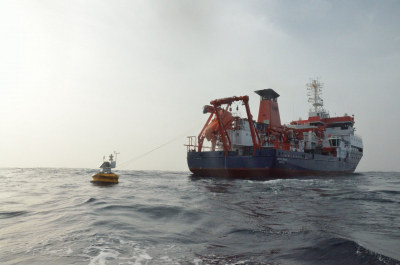
Researchers from the RECEIVER team are currently sampling in the Atlantic Ocean in the region off Cape Blanc, where they are investigating ...
+
10 December 2021
17.15 hrs.
GEO building, room 1550 and online via Zoom

10 December 2021
16.15 hrs.
MARUM I, room 2070 and online via Zoom
+
The movement of water masses in the ocean, its circulation, is an essential component of the global climate system. In a study recently published in the ...
+
For the past 20 years, the MARUM UNISchullabor has served as a bridge between schools and the university. After a break caused by the pandemic and ...
+
The teachers of the project schools of the MARUM school project " Klima – ich wandle mich!” (Climate - I'm changing!) have now participated in the first ...
+
Waste, chemicals, noise, overfishing and climate change are taking their toll on the oceans. Even the deep sea, the largest habitat on our planet, is now ...
+